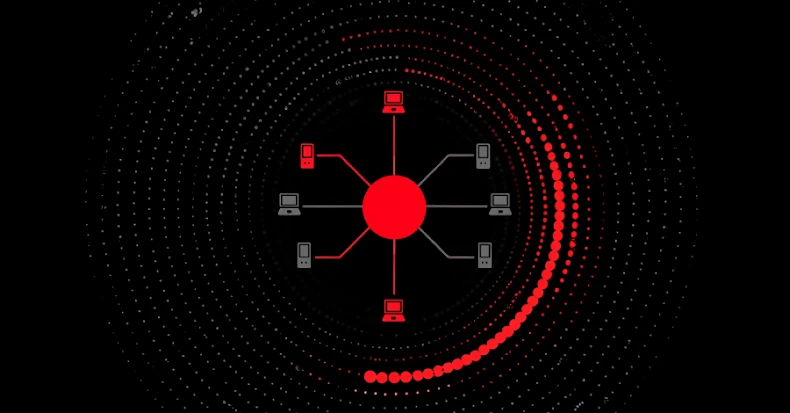Microsoft has unveiled significant enhancements to Windows 11’s system recovery features, introducing a redesigned Black Screen of Death (BSOD) and an automated Quick Machine Recovery (QMR) tool. These updates are part of the broader Windows Resiliency Initiative (WRI), aimed at minimizing downtime and streamlining recovery processes during system failures.
Evolution of the Blue Screen of Death
The Blue Screen of Death has been a hallmark of Windows operating systems for decades, signaling critical system errors. In Windows 11 version 24H2, Microsoft has transformed this traditional error screen into a more user-friendly interface. The new BSOD features a black background, aligning with Windows 11’s modern design aesthetics. This change not only enhances visual consistency but also reduces the abruptness of system crashes, potentially easing user anxiety.
Key Features of the Redesigned BSOD
– Simplified User Interface: The updated BSOD presents essential technical information in a clearer, more readable format, aiding users and IT professionals in diagnosing issues efficiently.
– Faster Recovery Times: Improvements in crash dump collection have reduced downtime during unexpected restarts to approximately two seconds for most users, significantly enhancing productivity.
– Consistent Design Language: The black background aligns with Windows 11’s emphasis on dark mode and modern UI elements, providing a cohesive user experience.
Introduction of Quick Machine Recovery
Complementing the visual overhaul, Microsoft has introduced Quick Machine Recovery (QMR), a feature designed to address scenarios where devices become unresponsive during the Windows Recovery Environment (WinRE). QMR enables Microsoft to deploy targeted remediations directly to affected devices through WinRE, automating fixes without requiring complex manual intervention from IT personnel.
Key Aspects of QMR
– Automated Fixes: QMR detects widespread boot issues and applies necessary fixes through WinRE, reducing the need for manual troubleshooting.
– Cloud Integration: Leveraging Microsoft’s cloud infrastructure, QMR delivers real-time solutions to common failure scenarios, enhancing system resilience.
– IT Customization: IT administrators can customize recovery settings via Intune and RemoteRemediationCSP, providing enterprise-level control over recovery processes.
Integration with Security Initiatives
These recovery enhancements are part of Microsoft’s broader Windows Resiliency Initiative, which aims to embed security features into Windows to prevent incidents like the CrowdStrike outage that affected millions of devices. The initiative emphasizes proactive system resilience, combining improved visual design with robust technical infrastructure to minimize user disruption during critical system events.
Availability and Deployment
The redesigned BSOD and QMR are set to be generally available later this summer on all Windows 11 version 24H2 devices. Home users will have QMR enabled by default, ensuring automatic protection against system failures. IT administrators in professional and enterprise environments can configure recovery parameters through the Intune Settings Catalog UI using the RemoteRemediationCSP, providing granular control over automated repair processes.
Conclusion
Microsoft’s introduction of the Black Screen of Death and Quick Machine Recovery in Windows 11 represents a significant shift towards proactive system resilience. By combining a modernized error interface with automated recovery tools, Microsoft aims to reduce system downtime and improve user experience during critical system failures. These enhancements reflect the company’s commitment to balancing technical transparency with user-friendly interfaces, ensuring that both end users and IT professionals can quickly assess and address system issues.



